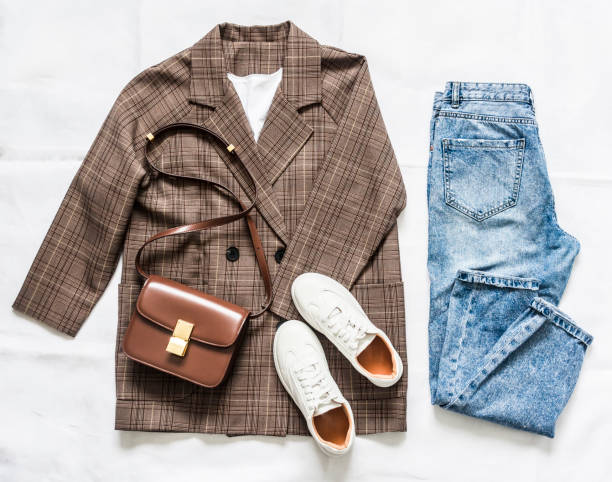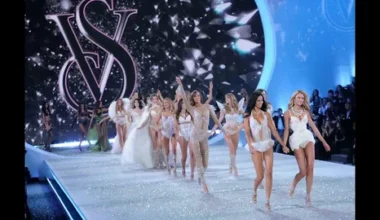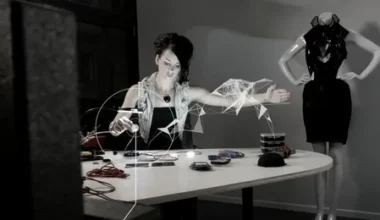Fashion Mode is a source of inspiration in the fashion industry, where creativity and innovation collide, reinventing trends and style through its avant-garde approach. Fashion Mode, which pushes limits and challenges traditions, sets the stage for sartorial evolution from the Paris runways to the busy streets of Tokyo. Let’s explore the fundamentals of Fashion Mode and its significant influence on the fashion industry.
A Legacy of Innovation
Driven by a history of creativity and experimentation, Fashion Mode became a revolutionary force in the fashion sector. Its name has always been associated with pushing the envelope and introducing unusual fabrics, bold silhouettes, and boundary-pushing designs. Every collection from Fashion Mode redefines the very meaning of style and introduces novel ideas.
Collaborations and Partnerships
Collaboration is at the heart of Fashion Mode’s philosophy. Fashion Mode forges global partnerships with forward-thinking designers, artists, and craftspeople to forge synergies that cut beyond convention. These partnerships give each collection a unique flavor by fusing various viewpoints and cultural influences into well-rounded stories that appeal to viewers all across the world.
Sustainability and Ethical Practices
Fashion Mode is proactive in promoting sustainability and ethical practices in an era of increased environmental consciousness. By utilizing ethical production techniques, eco-friendly materials, and responsible sourcing, apparel Mode establishes a standard for socially conscious apparel. Fashion Mode sets an example for the industry by putting sustainability first without sacrificing design or quality, encouraging others in the sector to adopt similar methods.
Cultural Influence and Diversity
At Fashion Mode, celebrating ethnic diversity is central to our mission. Fashion Mode’s unique designs, which draw influence from a wide range of cultures, customs, and heritage, beautifully highlight variety. Fashion Mode honors the rich fabric of world culture through exhibiting up-and-coming talent from a variety of backgrounds and blending classic elements into contemporary designs.
Digital Innovation and Technology
With a forward-thinking outlook, Fashion Mode embraces the digital world and uses technology to improve the fashion experience. Fashion Mode uses digital innovation to engage people worldwide through interactive web platforms and immersive virtual fashion presentations. Through its adoption of technology, Fashion Mode surpasses physical constraints and expands the parameters of fashion accessibility.
What is mode in fashion?
The word “mode” has a specific meaning in the language of fashion; it refers to more than a fad or transient style. The essence of a certain era is reflected in mode, which captures the dominant attitude, aesthetic, and cultural zeitgeist of the time. Let’s explore the many meanings and ramifications of fashion’s multidimensional notion of mode.
Defining Mode
Fundamentally, mode describes the dominant aesthetic of a given era. It includes the general aesthetic sensibility and design tenets that characterize the time period in addition to the clothes and accessories used. Mode is dynamic and flexible; it changes all the time in reaction to social movements, cultural changes, and technology breakthroughs.
Historical Context
Mode and fashion have always been inextricably linked concepts throughout history. Every era has its own fashion that represents the dominant ideals and tastes of the day, from the lavish clothing of the Renaissance to the simple elegance of the 20th century. We can study the socio-cultural processes and historical narratives that influence the evolution of fashion by using mode as a lens.
Modes of Expression
Mode is more than just clothes; it’s a range of expressions in literature, music, art, and lifestyle. It represents a wholistic way to expressing oneself, impacting not just our wardrobe choices but also our self-adornment, interactions with the environment, and public personas. A type of cultural currency, mode conveys personality, aspiration, and a sense of belonging.
Modes and Trends
Although mode is more broadly defined to include the aesthetic and cultural background of fashion, it is closely related to trends, which are ephemeral phenomena that draw attention from the fashion industry. Within the framework of mode, trends develop, mirroring the prevailing sentiment, societal influences, and aspirations. Contrary to mode, which survives as a cultural symbol, trends are transient and vulnerable to quick changes.
Fashion Modes Today
The definition of mode is always evolving in today’s fast-paced fashion industry due to factors including globalization, digitization, and shifting customer behavior. Social media and digital platforms have made it possible for styles to spread and be adopted at a rate never seen before, erasing geographical barriers and granting everybody access to fashion influences. Furthermore, a focus on sustainability and inclusivity is changing the way that modern fashion is worn, encouraging a more thoughtful and socially conscious approach to dressing.
What are 3 main fashion categories?
Fashion encompasses a wide range of styles, influences, and expressions, making it a huge and diversified field. Although the fashion industry is always changing, it can be roughly divided into three primary groups, each of which has a specific function and embodies a certain quality.
Haute Couture
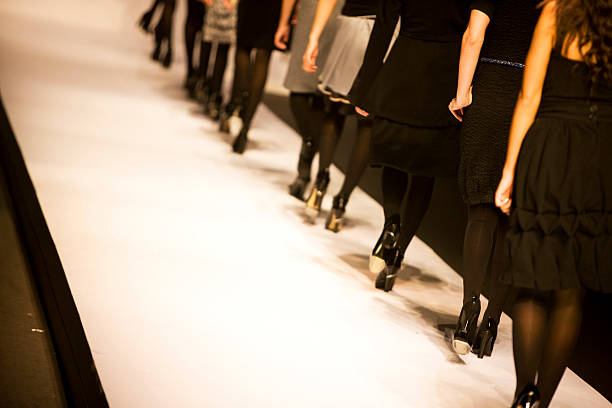
Haute couture is the highest level of fashion, a world of unrivaled exclusivity, luxury, and craftsmanship. The term “high couture,” which means “high sewing” in French, describes the custom clothing crafted by talented designers and artisans. These magnificent creations, which frequently take hundreds of hours of effort to produce, are painstakingly made utilizing the best materials and techniques.

The pinnacle of fashion design is represented by haute couture, which is distinguished by its finely detailed, perfectly tailored garments and magnificent decorations. Tailored to the exact measurements and specifications of the client, every garment is a careful piece of art. Beyond its visual appeal, haute couture is a status symbol and is only worn by a select group of people who value finer details in design and craftsmanship.
Ready-to-Wear (Prêt-à-Porter)
The accessible, adaptable, and mass-produced fashion of ready-to-wear, or prêt-à-porter, is in contrast to the upscale realm of haute couture. Ready-to-wear collections are made to accommodate a wide range of budgets, tastes, and preferences in order to appeal to a wider audience. Since these collections are created in conventional sizes and quantities, retail establishments and internet retailers can easily purchase them.
Ready-to-wear clothing offers stylish yet useful pieces for daily wear, embodying a fusion of style and functionality. Ready-to-wear collections cater to a wide range of situations and lifestyles, from streetwear to formal dress. Although ready-to-wear isn’t as bespoke as haute couture, it makes up for it with ease of use, affordability, and flexibility in response to shifting fashion trends.
Streetwear
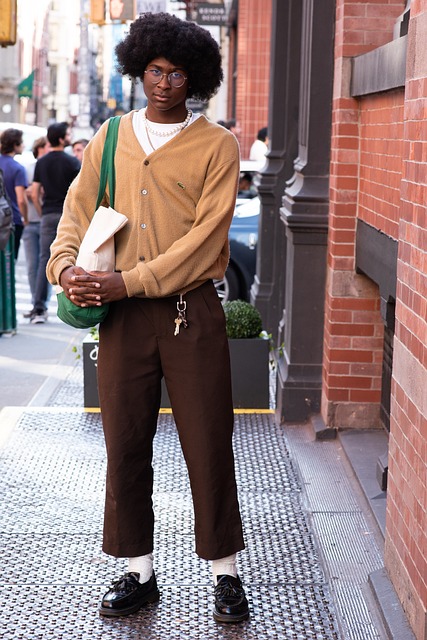
Streetwear, which first appeared in the urban environments and subcultures of the late 20th century, has become a well-known and widely popular fashion trend. Streetwear is a kind of fashion that draws influence from street style, music, art, and young culture, going beyond conventional boundaries. Streetwear is defined by its carefree style, striking designs, and unique branding, which represent the identities and attitudes of those who wear it.
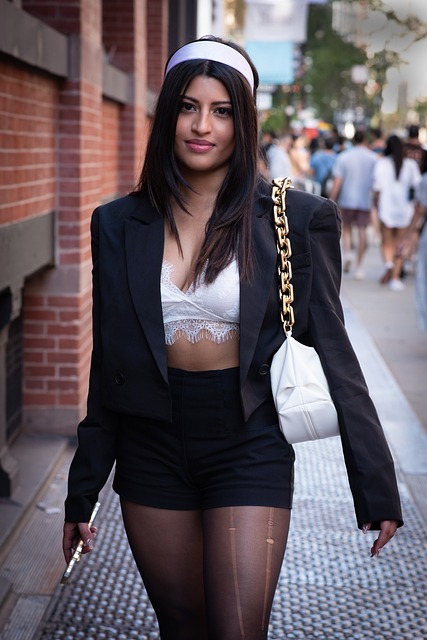
Streetwear provides a platform for innovation and personal style while celebrating originality and self-expression. Streetwear is an eclectic mix of clothing and accessories that appeals to both urbanites and fashionistas, ranging from graphic t-shirts and hoodies to shoes and accessories. Streetwear, which has its roots in subversion and revolt, has influenced high-end designers and created trends in modern style, making it a part of mainstream fashion.
What is the concept of fashion?

A constant in human life, fashion is more than just clothes; it’s a complex web of interpretations, ideals, and expressions. Fundamentally, fashion is a dynamic cultural phenomenon that both shapes and is shaped by society, rather than merely a mirror of current trends or styles.
Evolution of Fashion
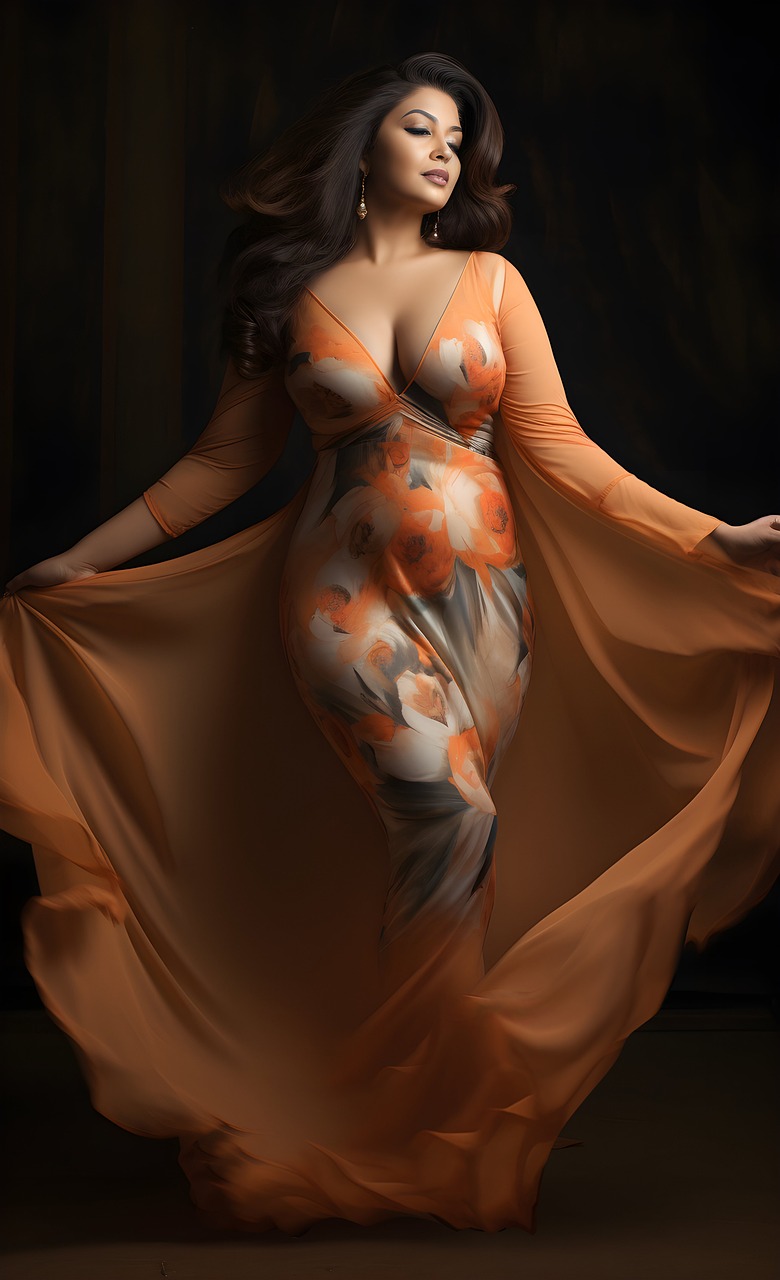
Fashion is a creation of human inventiveness and imagination that has changed throughout ages in reaction to shifting social, cultural, and economic contexts. Fashion has continuously changed over time, reflecting changing views, beliefs, and technical breakthroughs. Examples of this include the elaborate clothing of ancient civilizations and the minimalist aesthetics of modern times.
Fashion has fulfilled a multitude of purposes throughout history, ranging from utilitarian ones like weather protection to symbolic ones like serving as indicators of social standing, identity, and membership. The development of fashion offers valuable insights into the socio-cultural dynamics and aspirations of many eras and is closely linked to larger historical themes.
Expression and Identity
Fashion is fundamentally a means of self-expression, enabling people to convey their identities, ideals, and goals via accessories and attire. Fashion provides as a medium for individual expression and creativity, whether it is manifested through the extravagant outfits of a fashion maverick or the subtle elegance of a minimalist.
People can use fashion to express their individuality, question conventional conventions, and negotiate tricky social situations. Clothing choices are a visual language that people use to establish and communicate their identities to the outside world. These choices convey messages about a person’s personality, lifestyle, and affiliations.
Cultural Significance
Beyond being a tool for self-expression, fashion has enormous cultural significance since it is a mirror reflecting a society’s values, ideas, and aesthetics. Fashion shapes and reflects the spirit of the times and is closely related to other cultural phenomena such as politics, music, literature, and art.
Fashion trends are indicators of a group’s identity and sense of belonging that frequently result from cultural influences including popular culture, music, and art movements. Additionally, fashion has the power to ignite social change by questioning conventions, advancing inclusivity, and encouraging discussion on topics like gender, race, and sustainability.
In conclusion, Fashion Mode is a forerunner in the fashion industry, reinventing trends and style via its appreciation of diversity, inventive approach, and sustainable methods. Fashion Mode makes a lasting impression on the fashion industry with every collection, captivating and inspiring audiences. Fashion Mode continues to lead the way in the evolution of fashion, influencing the industry with its visionary leadership and constant dedication to creativity and innovation.
